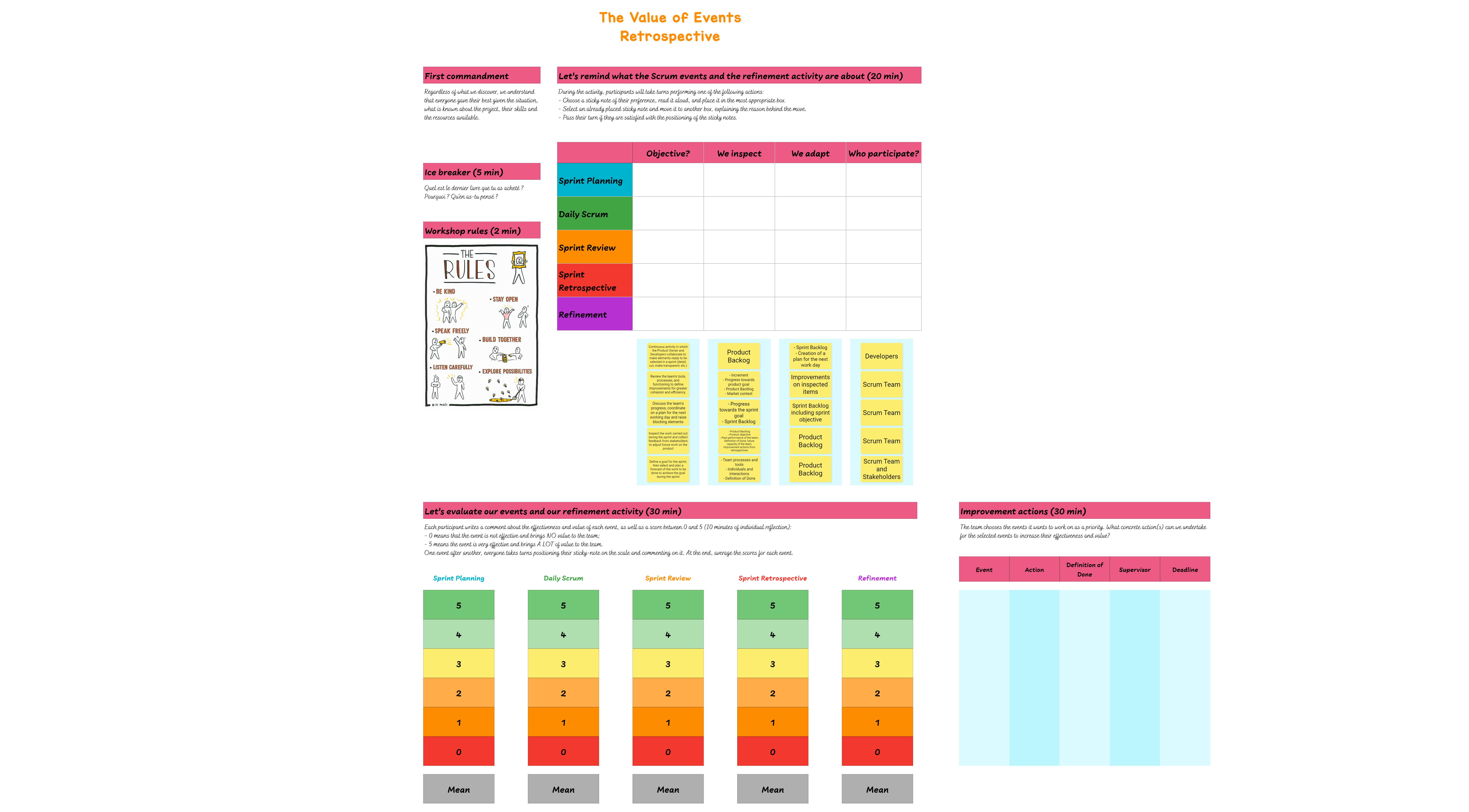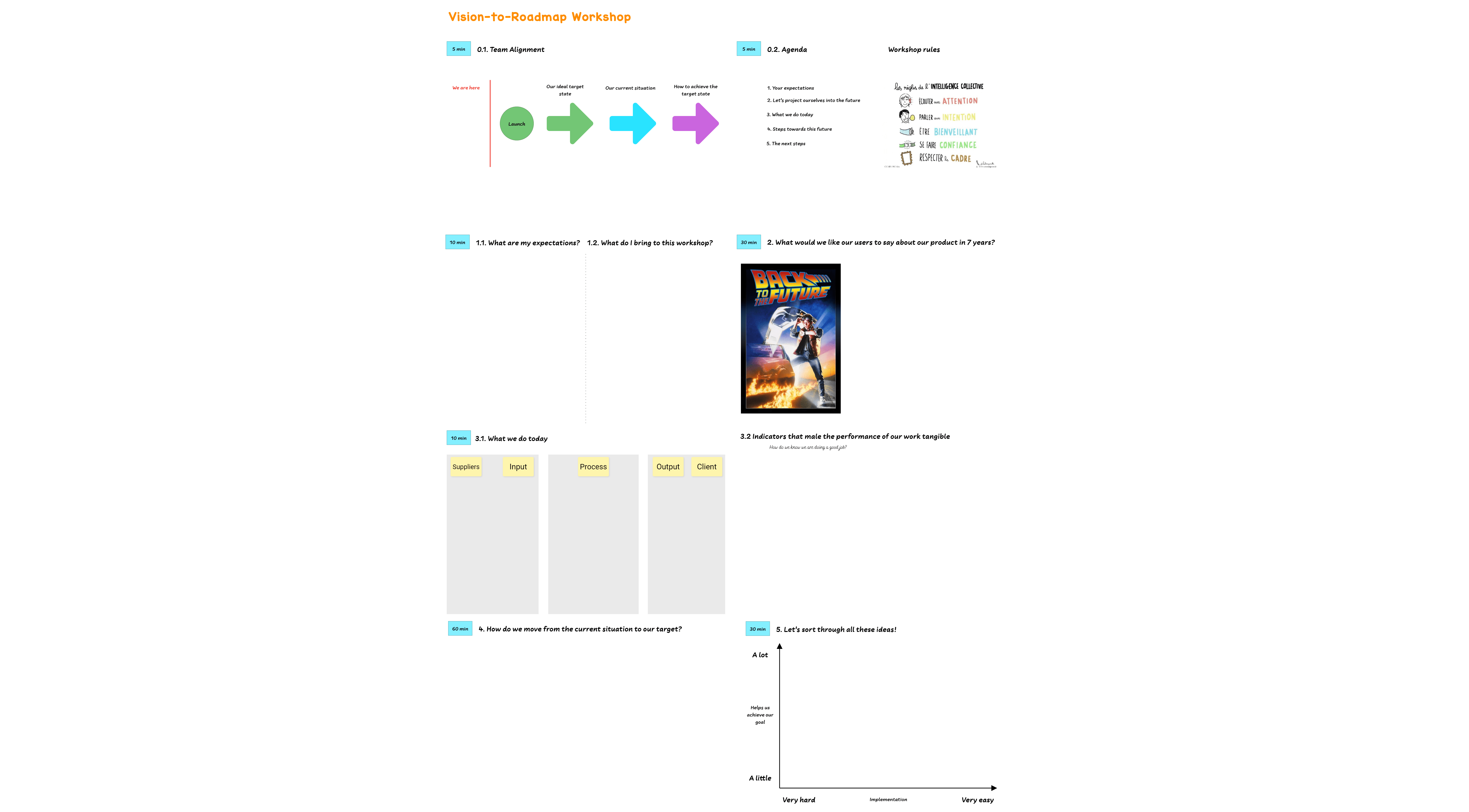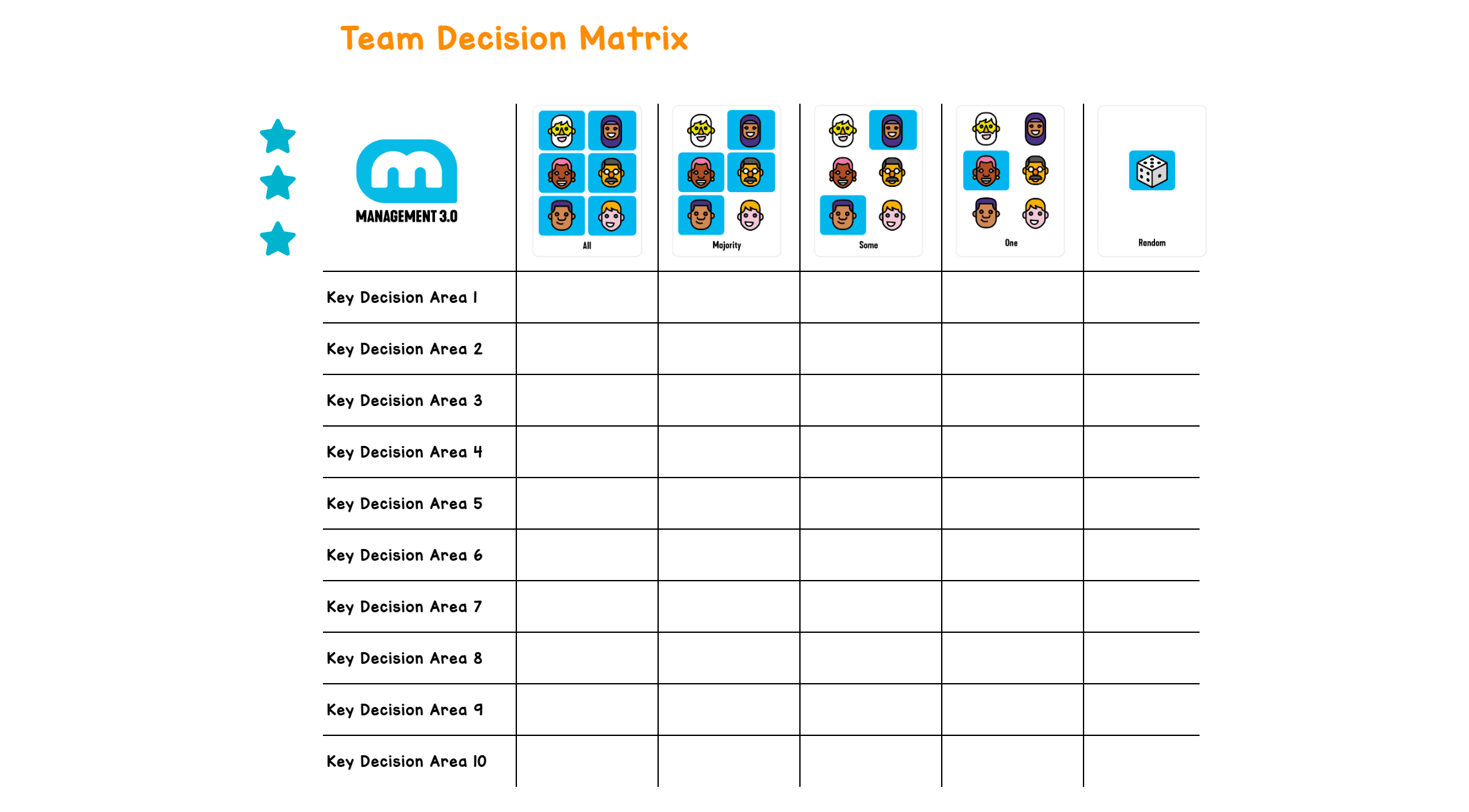Description of the workshop
The Problem-Solving Workshop has been designed to guide the process of identifying the root causes of a given problem and, secondly, to frame the reflection around the actions and corrective measures as well as their prioritization and implementation.
Based on the 5 “Whys” method, the Problem-Solving Workshop encourages participants to investigate the root causes of a problem. Identifying these root causes helps determine corrective actions with the maximum impact.
In addition, always with the idea of focusing only on decisions having the maximum impact, the workshop provides a Benefits-Efforts matrix to prioritize corrective actions.
How to run this workshop
The Problem-Solving Workshop takes place in 5 stages:
Step 1: So what?
The first step consists in thinking about the consequences of the problem. The objective is to list the five potential significant implications to evaluate them in step 2.
Step 2: Problem consequences' severity?
Once the potential consequences have been listed, you should evaluate their criticality on a scale of 5: Minor, Medium, Major, Critical, and Blocking.
At the end of step 2, if it turns out that the consequences of the problem are not sufficiently critical, it may mean that the problem you chose to analyze is not worth dealing with and that it would be better to focus on another problem with more serious potential consequences.
Step 3: Causes of the problem?
Step 3 takes place in two stages. First, based on the 5 Whys method, the objective is to investigate the root causes of the problem. If there are several distinct causes in the first place, then the causal tree of each of these causes should be explored.
In the second step, once the root causes have been identified, you should determine one or more corrective actions related to each of these root causes. To help you write these actions in detail, you can answer the following questions: What? Who? When? How?
Step 4: Prioritization of the actions defined in Step 3
The fourth step involves positioning the corrective actions described in step 3 within a Benefits-Efforts Prioritization Matrix.
Step 5: List of actions and means of verifying their impact
Step 5 consists of putting next to each action a means of judging its effect on the resolution of the problem. The aim is to determine a method or indicator that makes it possible to assess the action's impact objectively.







